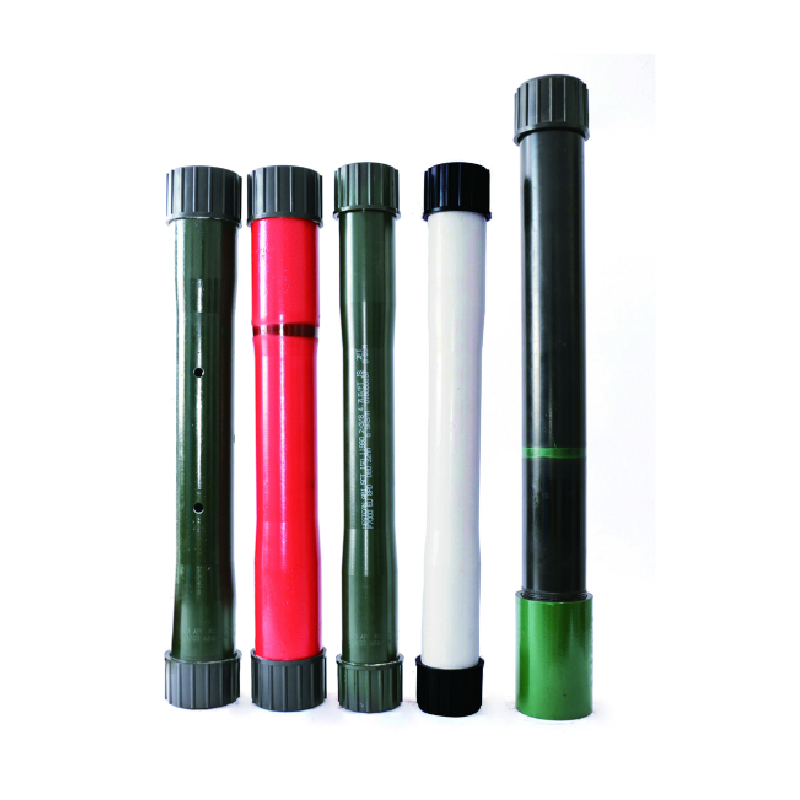- Afrikaans
- Albanian
- Amharic
- Arabic
- Armenian
- Azerbaijani
- Basque
- Belarusian
- Bengali
- Bosnian
- Bulgarian
- Catalan
- Cebuano
- Corsican
- Croatian
- Czech
- Danish
- Dutch
- English
- Esperanto
- Estonian
- Finnish
- French
- Frisian
- Galician
- Georgian
- German
- Greek
- Gujarati
- Haitian Creole
- hausa
- hawaiian
- Hebrew
- Hindi
- Miao
- Hungarian
- Icelandic
- igbo
- Indonesian
- irish
- Italian
- Japanese
- Javanese
- Kannada
- kazakh
- Khmer
- Rwandese
- Korean
- Kurdish
- Kyrgyz
- Lao
- Latin
- Latvian
- Lithuanian
- Luxembourgish
- Macedonian
- Malgashi
- Malay
- Malayalam
- Maltese
- Maori
- Marathi
- Mongolian
- Myanmar
- Nepali
- Norwegian
- Norwegian
- Occitan
- Pashto
- Persian
- Polish
- Portuguese
- Punjabi
- Romanian
- Russian
- Samoan
- Scottish Gaelic
- Serbian
- Sesotho
- Shona
- Sindhi
- Sinhala
- Slovak
- Slovenian
- Somali
- Spanish
- Sundanese
- Swahili
- Swedish
- Tagalog
- Tajik
- Tamil
- Tatar
- Telugu
- Thai
- Turkish
- Turkmen
- Ukrainian
- Urdu
- Uighur
- Uzbek
- Vietnamese
- Welsh
- Bantu
- Yiddish
- Yoruba
- Zulu
Innovative Steel Couplings for Enhanced Mechanical Performance and Reliability in Engineering Applications
Understanding Steel Coupling An Essential Component in Structural Engineering
Steel coupling plays a crucial role in the field of structural engineering, particularly in the design and construction of buildings, bridges, and other infrastructure projects. This article delves into the significance of steel coupling, its types, applications, advantages, and the evolving technologies that are shaping its future.
What is Steel Coupling?
Steel coupling refers to the use of steel components to connect different sections of a structure, facilitating the transfer of loads between them. Couplings can take many forms, such as bolts, plates, and welded connections, each serving a specific function depending on the structural requirements and design criteria. These connections ensure that the separate parts of a structure work together cohesively, enhancing its overall stability and performance.
Types of Steel Couplings
There are several types of steel couplings, including
1. Rigid Couplings These connections do not allow for any movement between the connected parts. They are used in applications where precise alignment is essential, and any misalignment could lead to structural failure.
2. Flexible Couplings Unlike rigid couplings, flexible couplings can accommodate some movement, allowing for thermal expansion, vibration, and misalignment. They are vital in scenarios where slight shifts in load could occur.
3. Semi-Rigid Couplings This type combines the characteristics of both rigid and flexible couplings, offering limited movement while maintaining strength. Semi-rigid couplings are commonly used in seismic design to absorb shock and vibrations without compromising structural integrity.
4. Splice Plates Splice plates are often used to connect two steel beams or columns end-to-end. This connection type is essential in extending the length of steel members where required.
Applications of Steel Coupling
Steel coupling finds extensive applications in various sectors, including
- Buildings In high-rise buildings, steel coupling is crucial for maintaining structural integrity against wind and seismic forces. Couplings can connect floor beams, columns, and bracing systems to enhance stability.
steel coupling

- Bridges Steel couplings play a vital role in bridge construction, linking girders and beams to manage load distribution over the structure, ensuring safety and longevity.
- Industrial Structures Factories and warehouses utilize steel coupling in machinery and equipment installations
. These couplings ensure that mechanical movements transmit efficiently between connected parts.- Seismic-resistant Structures In areas prone to earthquakes, steel coupling designs incorporate flexible couplings to absorb energy and allow for movement, reducing the risk of structural failure.
Advantages of Steel Coupling
1. Strength and Durability Steel is known for its high tensile strength, making it an ideal material for connections that need to withstand significant loads and forces.
2. Versatility Steel coupling can be designed and fabricated to meet a wide range of specifications, making it suitable for diverse architectural styles and structural needs.
3. Cost-Effectiveness When correctly utilized, steel couplings can reduce the need for additional materials and labor in construction, leading to lower overall project costs.
4. Speed of Construction Pre-fabricated steel couplings can streamline the assembly process on-site, accelerating construction timelines and improving efficiency.
Evolving Technologies
As technology advances, the methods and materials used in steel coupling are evolving. Innovations such as high-strength steel alloys and advanced welding techniques are enhancing the performance of steel couplings. Furthermore, Building Information Modeling (BIM) is becoming integral to the design process, enabling more precise planning and execution of coupling connections.
Conclusion
Steel coupling is an indispensable component in modern construction, providing the necessary strength, stability, and flexibility required for a wide range of applications. Understanding its types, advantages, and application connections will equip engineers and architects to design safer and more efficient structures. As technology continues to advance, the future of steel coupling promises even greater opportunities for innovation and enhancement in structural engineering.
-
Tubing Pup Joints: Essential Components for Oil and Gas OperationsNewsJul.10,2025
-
Pup Joints: Essential Components for Reliable Drilling OperationsNewsJul.10,2025
-
Pipe Couplings: Connecting Your World EfficientlyNewsJul.10,2025
-
Mastering Oilfield Operations with Quality Tubing and CasingNewsJul.10,2025
-
High-Quality Casing Couplings for Every NeedNewsJul.10,2025
-
Boost Your Drilling Efficiency with Premium Crossover Tools & Seating NipplesNewsJul.10,2025







